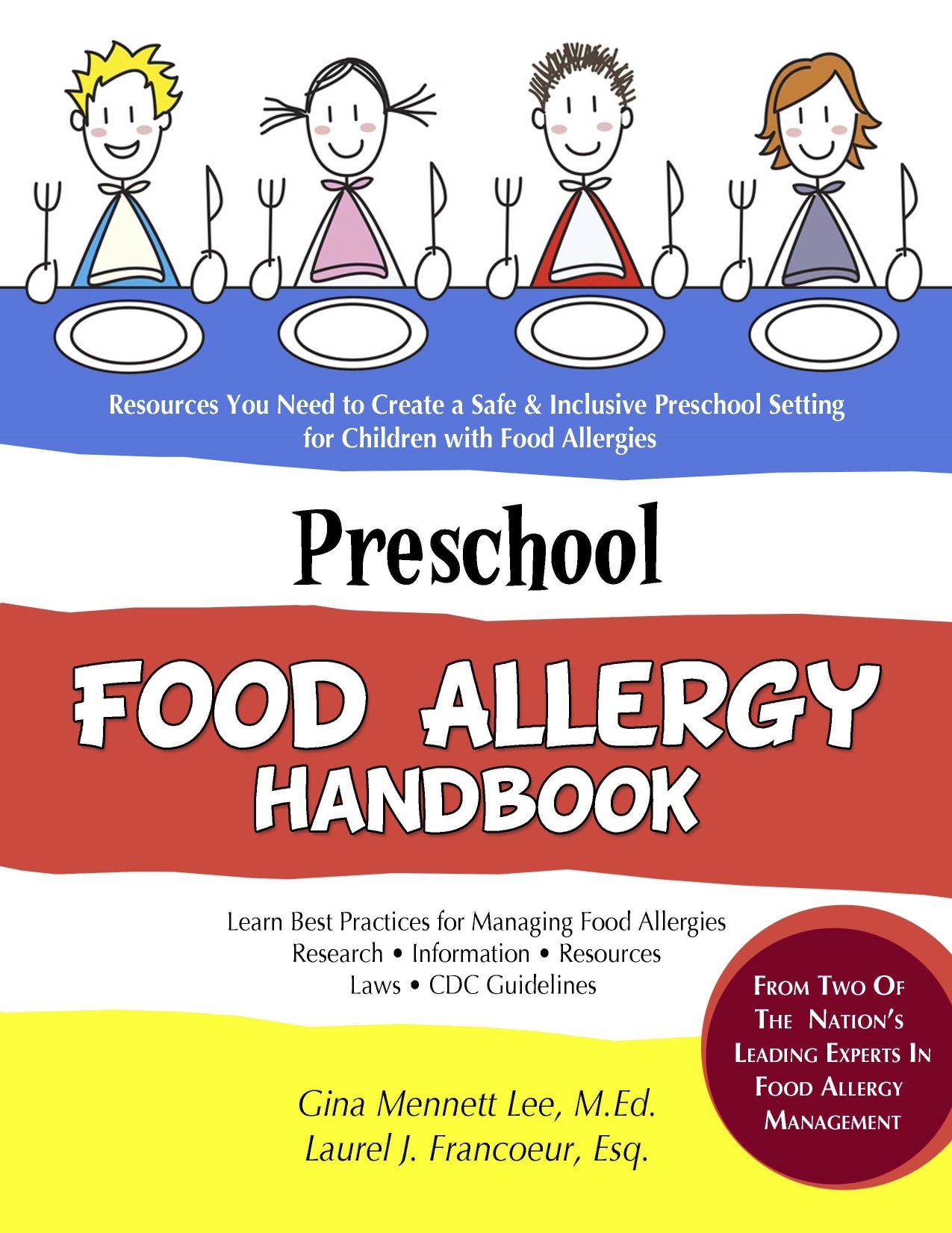By Gina Mennett Lee, M.Ed.
FoodAllergyConsulting.com
Hopefully, if you have been reading my work, you know that I stress the importance of an individual written plan for each child with a food allergy. The importance of an individual plan is echoed in the CDC guidelines. These plans should address strategies to prevent a reaction as well as what to do should a reaction occur. Individual accommodations will differ depending on the child’s allergies and the unique educational setting of the school. However, there are a few accommodations that I personally hold firm as non-negotiables. These three accommodations will inform the remainder of the necessary accommodations for each child.
1. Immediate access to epinephrine: Every allergist I have spoken to or listened to at conferences (and this includes many of top allergists in the United States) stresses the importance of always having epinephrine with the child. Why should this NOT be the case at school? When reviewing research and individual cases of food allergy deaths, delay in administration of epinephrine is often one of the most important factors. Recently, additional research was published drawing a connection between the delay of the use of epinephrine and the increased amount of time a person was hospitalized. The message is clear, the sooner the epinephrine is administered, the better the outcome. Make sure every child has immediate access to this life-saving medication.
2. Supervision by trained staff: This should be a no-brainer. If the those supervising the child throughout the school day are not trained to identify the signs of an allergic reaction or trained to administer the epinephrine, there will be a delay in treatment or possibly no treatment at all. This can have dire consequences. In some states, there are laws that prohibit certain people from administering epinephrine. If this is the case, alternative plans need to be put in place to ensure each child has immediate access to someone that can administer epinephrine. All staff can be trained to identify symptoms of an allergic reaction and to prevent reactions from occurring. This supervision must be in place at all times including on the bus or at before and after school activities.
3. Allergen-free classrooms: This measure is firmly supported by the CDC. Children attend school to learn. All children deserve to learn in a safe environment. For children with food allergies this means an environment free of their allergens. They should not be put in a situation where they are distracted from their primary goal by having to worry about their allergens. In addition, I want teachers to be able to focus on teaching rather than the management and proper clean-up of allergens. Given that 45% of allergic reactions requiring epinephrine begin in the classroom, reducing the amount of “unnecessary food” as well as eliminating allergens is a safe and effective way to reduce the likelihood of a reaction.
Other points to consider:
Allergens can remain on surfaces that appear to be clean.
Research indicates that adults touch their faces numerous times per hour and that children ages 2-5 touch their faces 40 times per hour. This means that a student with an allergy can unknowlingly touch their allergen and then touch their eyes, nose or mouth and suffer a reaction as a result.
Often these measures are put in place at a young age. However, teens and young adults should be given the opportunity to learn in an environment free of their allergens as well. Teens are at a higher risk of a fatal allergic reaction. We need to continue to protect these children.
These three accommodations are a solid starting point of an effective plan.
Related posts:
Top 3 Actions Every Preschool Must Take to Protect Students with Food Allergies
FREE Food Allergy Training Options for Schools
Food in the Classroom Not About Public Opinion


